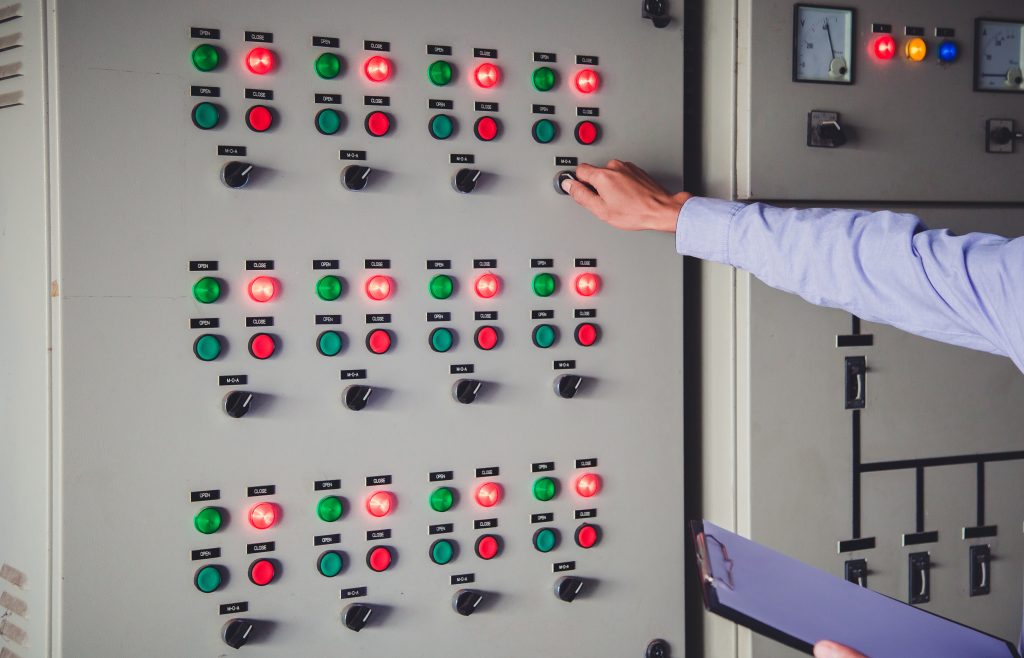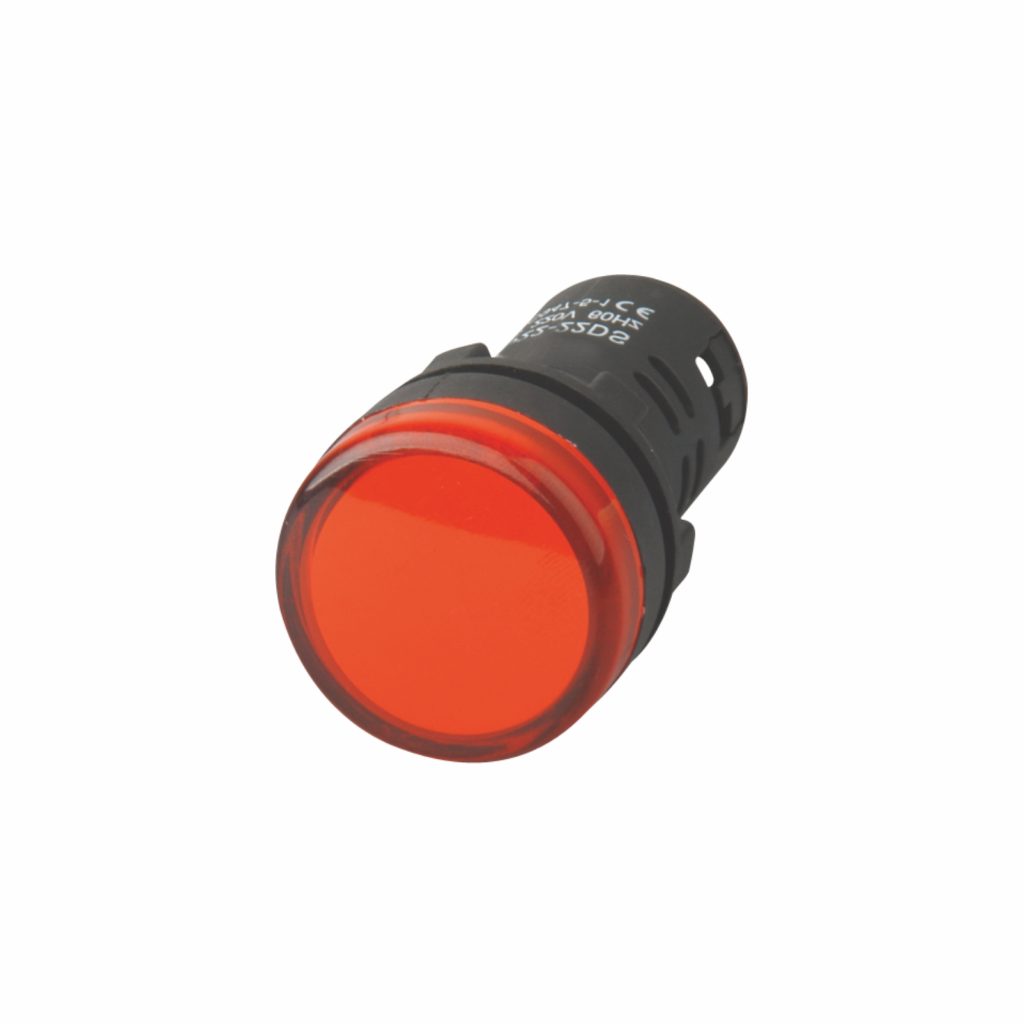The Complete Guide to LED Indicators
Table of Contents
ToggleLED indicators, also known as LED lights or simply LEDs (Light Emitting Diodes), are small semiconductor devices that emit light when an electric current passes through them. These versatile and energy-efficient components find extensive use across various industries and applications, serving as visual indicators, status indicators, and warning lights. This complete guide to LED indicators aims to shed light on their functionality, characteristics, and diverse applications in modern technology and everyday life.
The functionality of LED Indicators
LED indicators work on the principle of electroluminescence. When a forward voltage is applied to the LED’s semiconductor junction, electrons and holes recombine, releasing energy in the form of light. The emitted light’s color depends on the semiconductor material used, with common colors being red, green, blue, yellow, and white.
LED indicators are available in various sizes, shapes, and configurations, ranging from small surface-mount LEDs to larger through-hole LEDs. The light emitted by LEDs is unidirectional, which makes them ideal for applications requiring focused illumination and sharp contrast.
Characteristics of LED Indicators
Energy Efficiency: LED indicators are highly energy-efficient, converting a significant portion of the electrical energy into light without generating excess heat. This efficiency contributes to reduced power consumption and longer operational life compared to traditional incandescent or fluorescent indicators.
Longevity: LEDs have a much longer operational life compared to conventional light sources. Their solid-state design allows them to withstand shock, vibration, and frequent switching without compromising performance, making them ideal for applications where reliability is crucial.
Instant On/Off: LED indicators achieve full brightness almost instantaneously when powered on and turn off instantly when power is removed. This characteristic is particularly advantageous in applications requiring rapid status updates or visual signaling.
Low Heat Emission: Unlike incandescent bulbs, which emit a significant amount of heat along with light, LEDs generate minimal heat. This low heat emission is beneficial in applications where heat-sensitive components are in close proximity to the indicators.
Color Options: LED indicators are available in a wide range of colors, including single-color LEDs and RGB LEDs that can produce various colors by mixing red, green, and blue light.
Dimming Capability: Many LED indicators offer dimming capabilities, allowing users to adjust the brightness according to their requirements. This feature is valuable in applications where light intensity needs to be tailored to specific conditions or user preferences.
Applications of LED Indicators

Electronics and Appliances: LED indicators are commonly used in electronics and appliances to indicate power status, operation modes, or errors. Examples include power indicators on computers, status indicators on routers, and battery level indicators on mobile devices.
Automotive Industry: LED indicators have become prevalent in the automotive industry, serving as brake lights, turn signals, dashboard indicators, and interior lighting.
Industrial Control Panels: LED indicators are extensively employed in industrial control panels to provide visual feedback on machine status, alarms, and process parameters.
Home and Commercial Lighting: LED indicators are used in various lighting fixtures, including emergency exit signs, indicator lights in appliances, and illuminated switches.
Communications Devices: LEDs are used as indicator lights on communication devices like modems, routers, and network switches to signify connectivity status, data transfer, and device activity.
Security Systems: In security systems, LEDs act as status indicators for alarm activation, surveillance cameras, and sensor alerts, providing visual cues of potential threats or system functions.
Transportation and Aviation: LED indicators are essential in transportation and aviation for navigation lights, position lights, strobe lights, and cockpit instrument illumination.
Tosunlux’s LED indicators embody the key attributes that make these components so sought after. Their commitment to energy efficiency ensures that their LED indicators consume minimal power while providing brilliant illumination, leading to significant cost savings and reduced environmental impact.
Tel: +86-577-88671000
E-mail: ceo@tosun.com
Skype: tosunelectric
Wechat: +86-139 6881 9286
WhatsApp: +86-139 0587 7291
Address: Room No.1001 Wenzhou Fortune Center,Station Road, Wenzhou, China
REQUEST A QUOTE
WhatsApp us
 : +86-139 0587 7291
: +86-139 0587 7291 English
English Español
Español Русский
Русский Français
Français العربية
العربية Português do Brasil
Português do Brasil Українська
Українська Türkçe
Türkçe Polski
Polski Nederlands
Nederlands Italiano
Italiano Bahasa Indonesia
Bahasa Indonesia हिन्दी
हिन्दी اردو
اردو አማርኛ
አማርኛ Հայերեն
Հայերեն ไทย
ไทย Монгол
Монгол فارسی
فارسی Shqip
Shqip Ελληνικά
Ελληνικά




